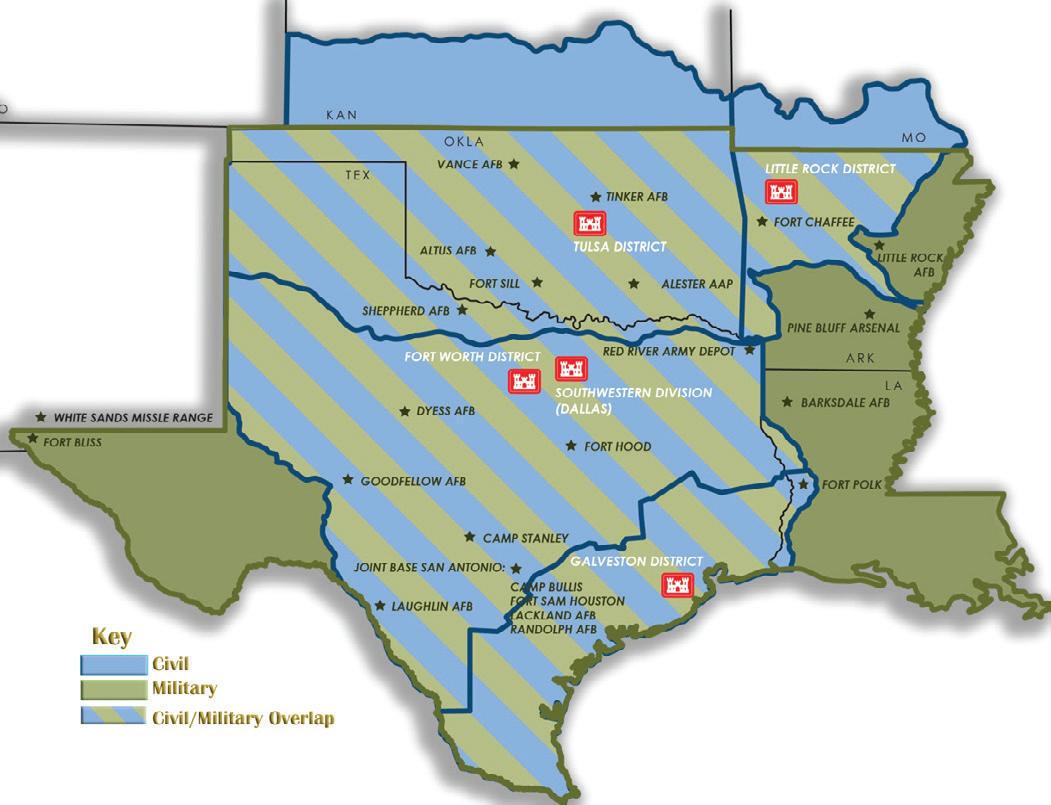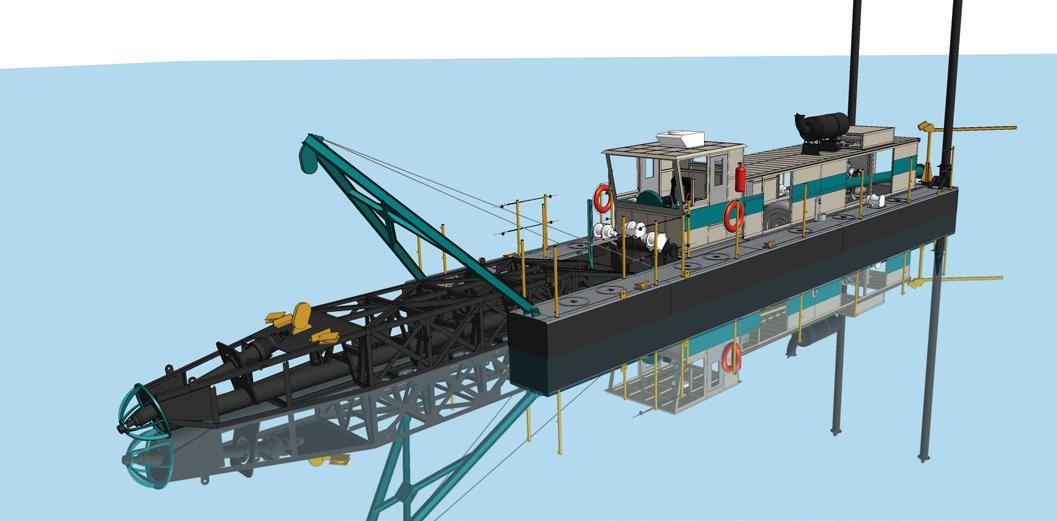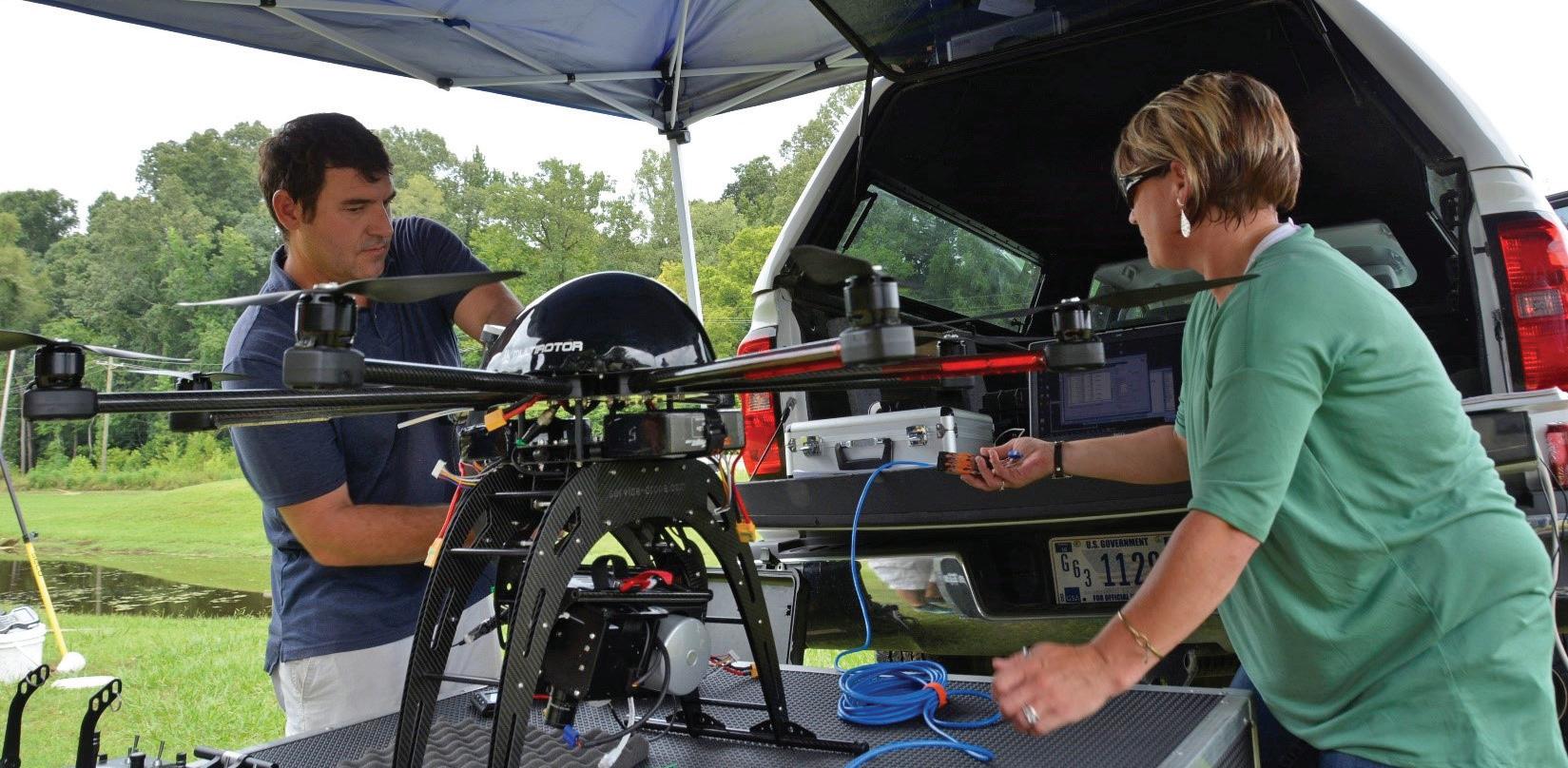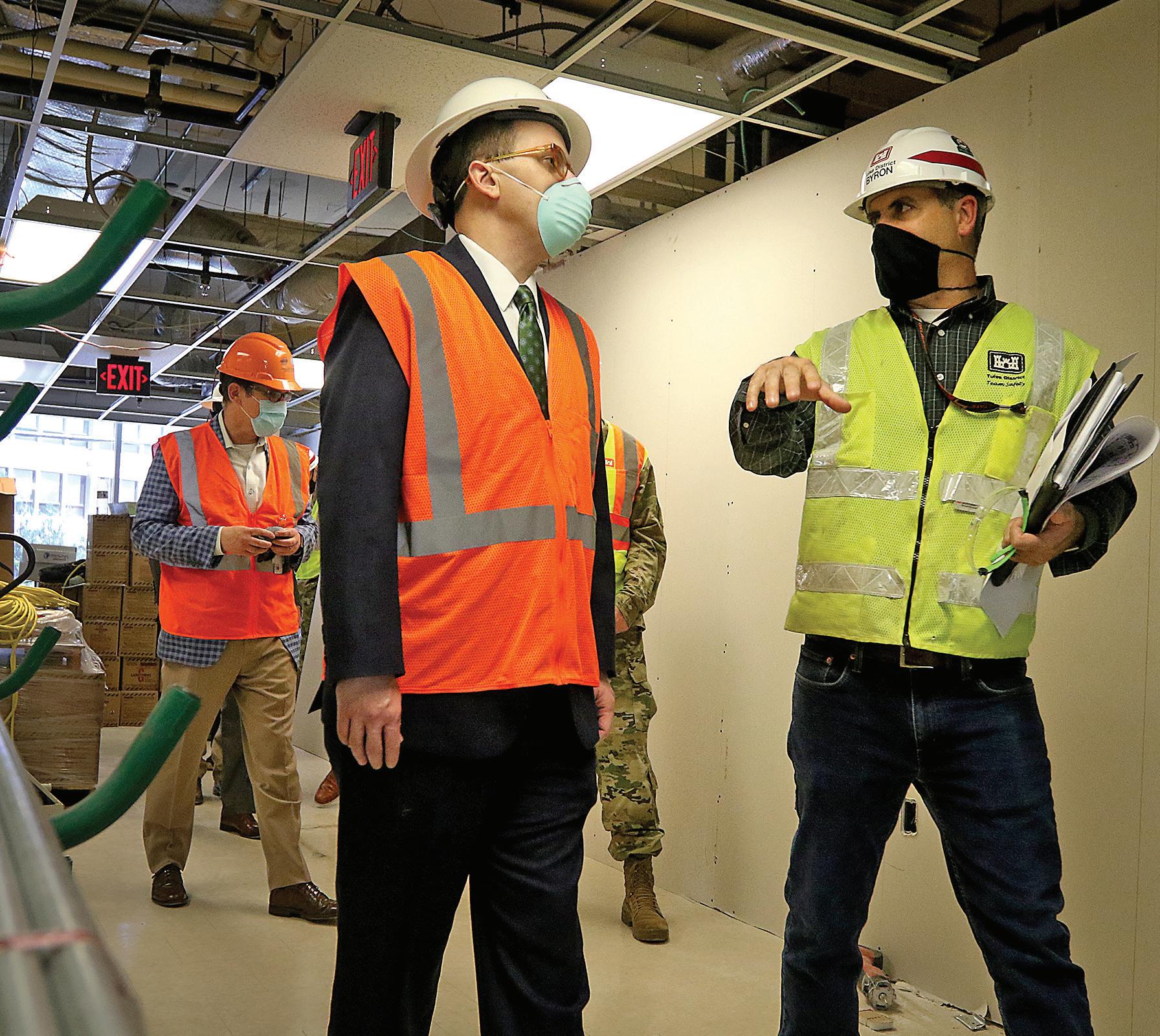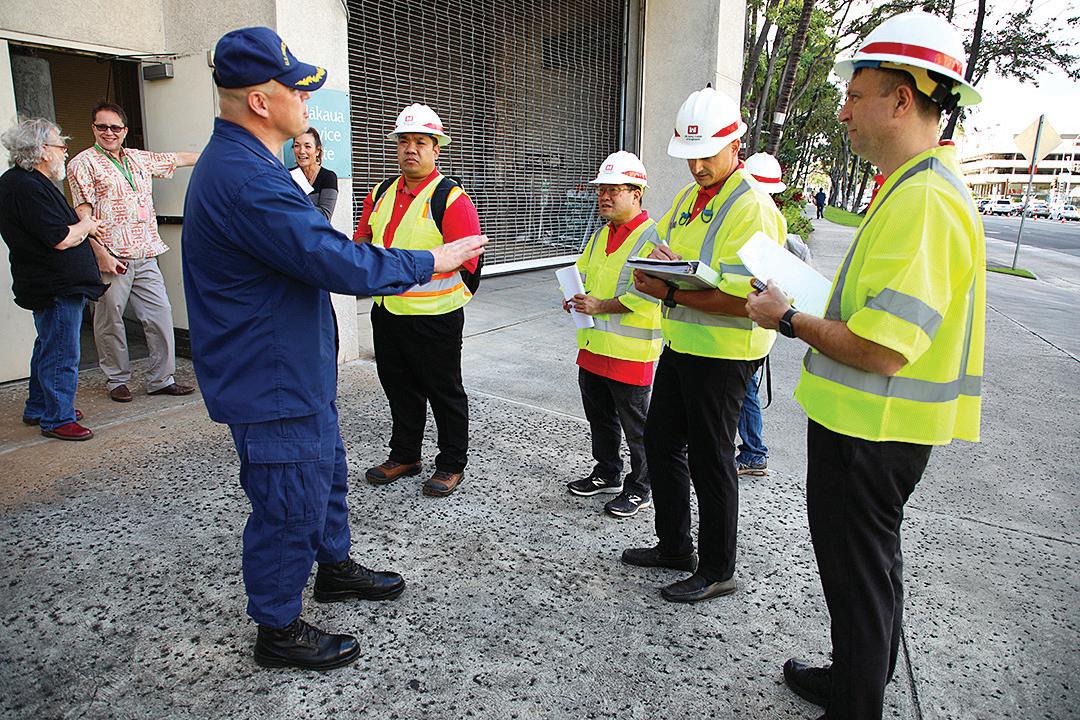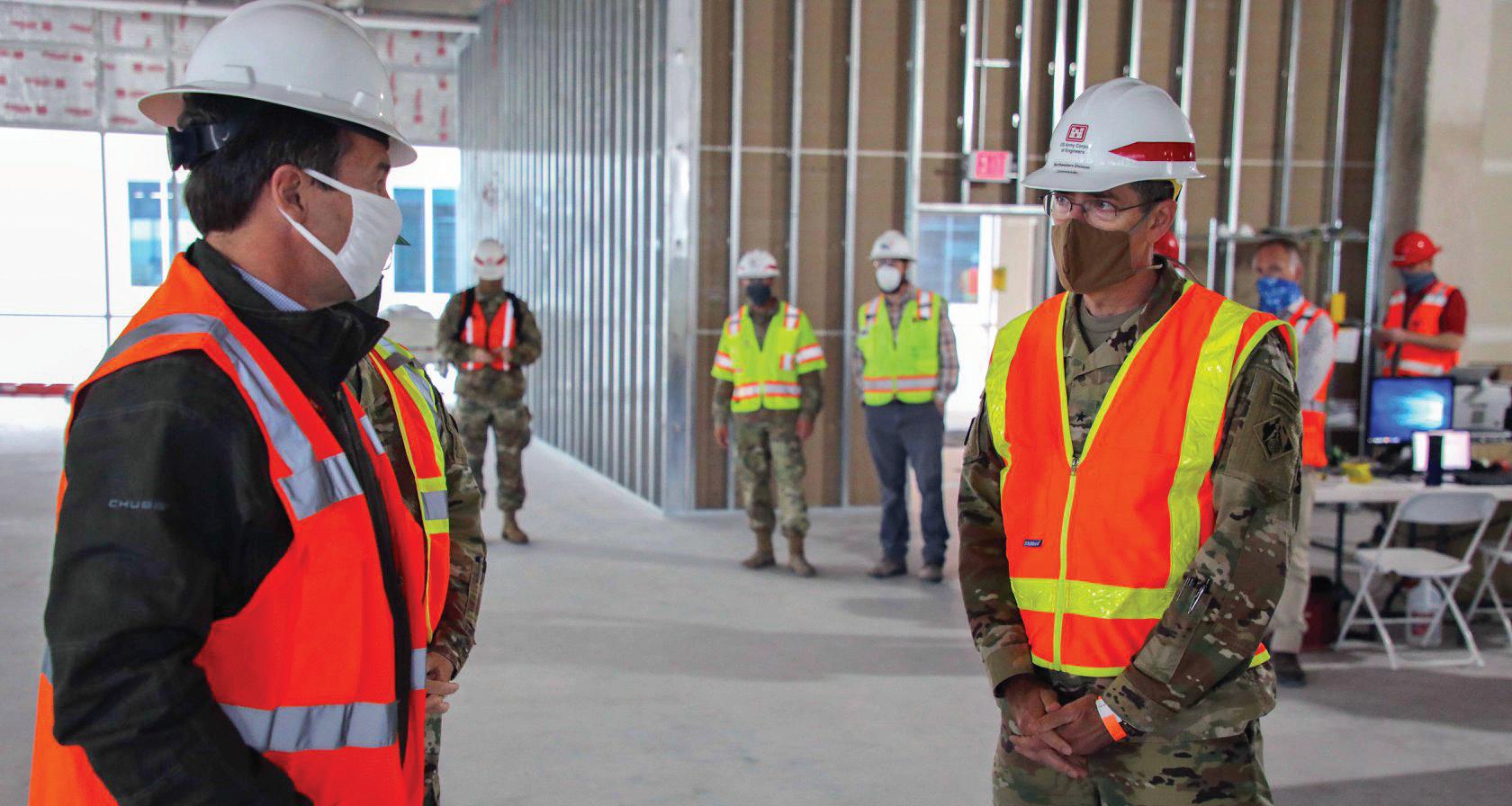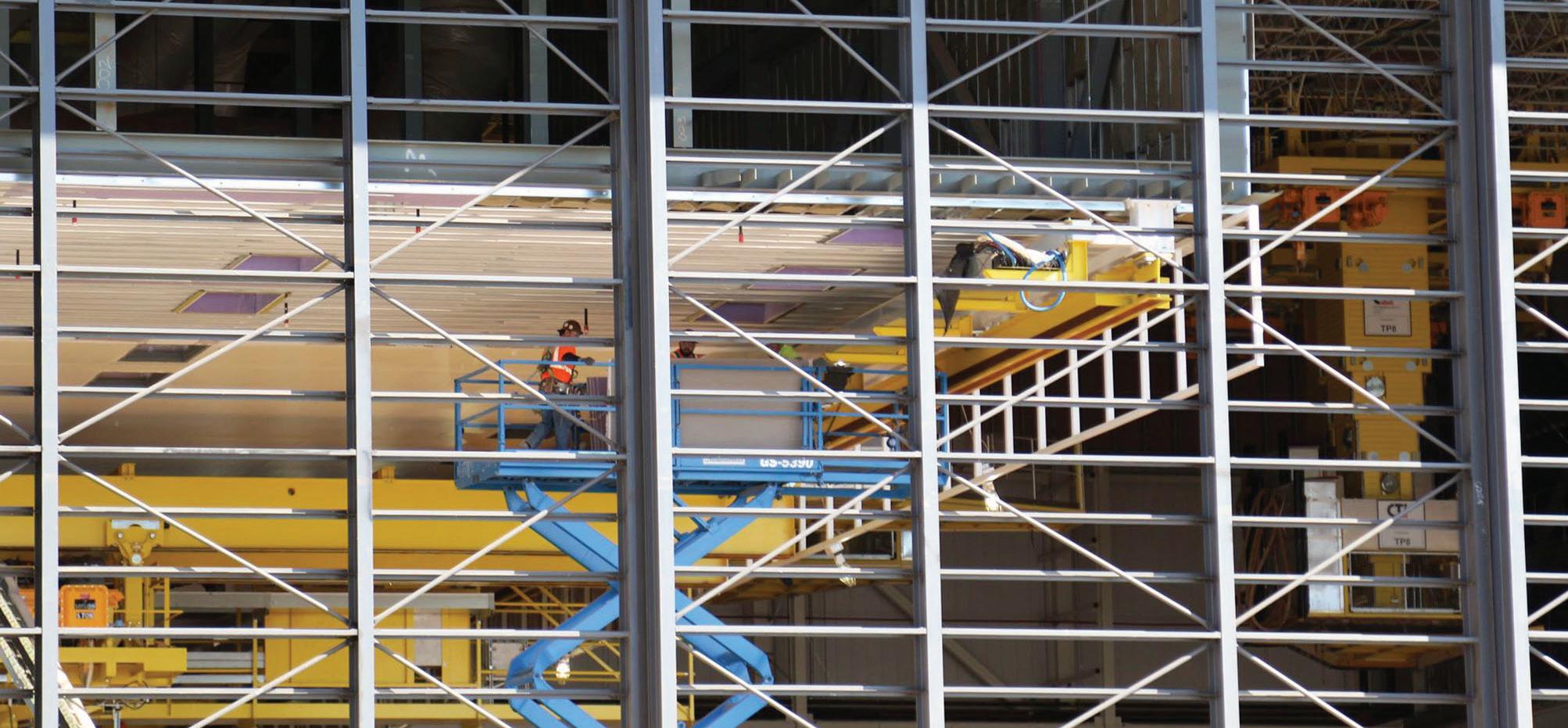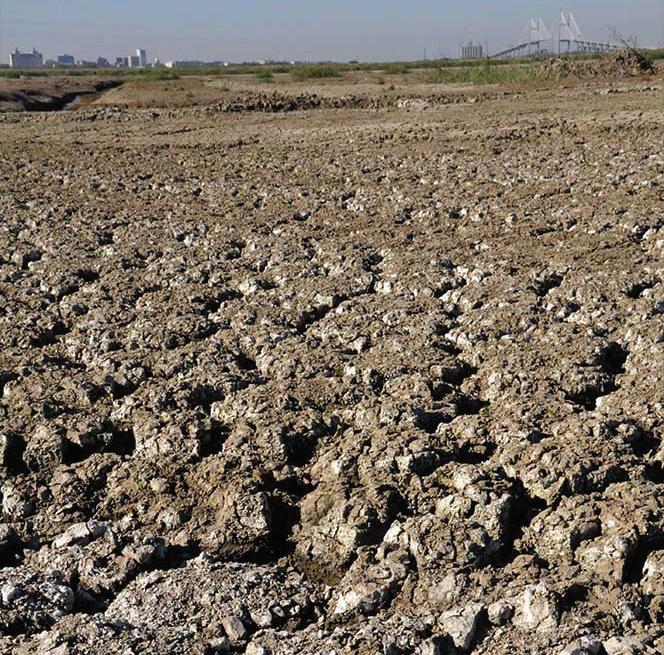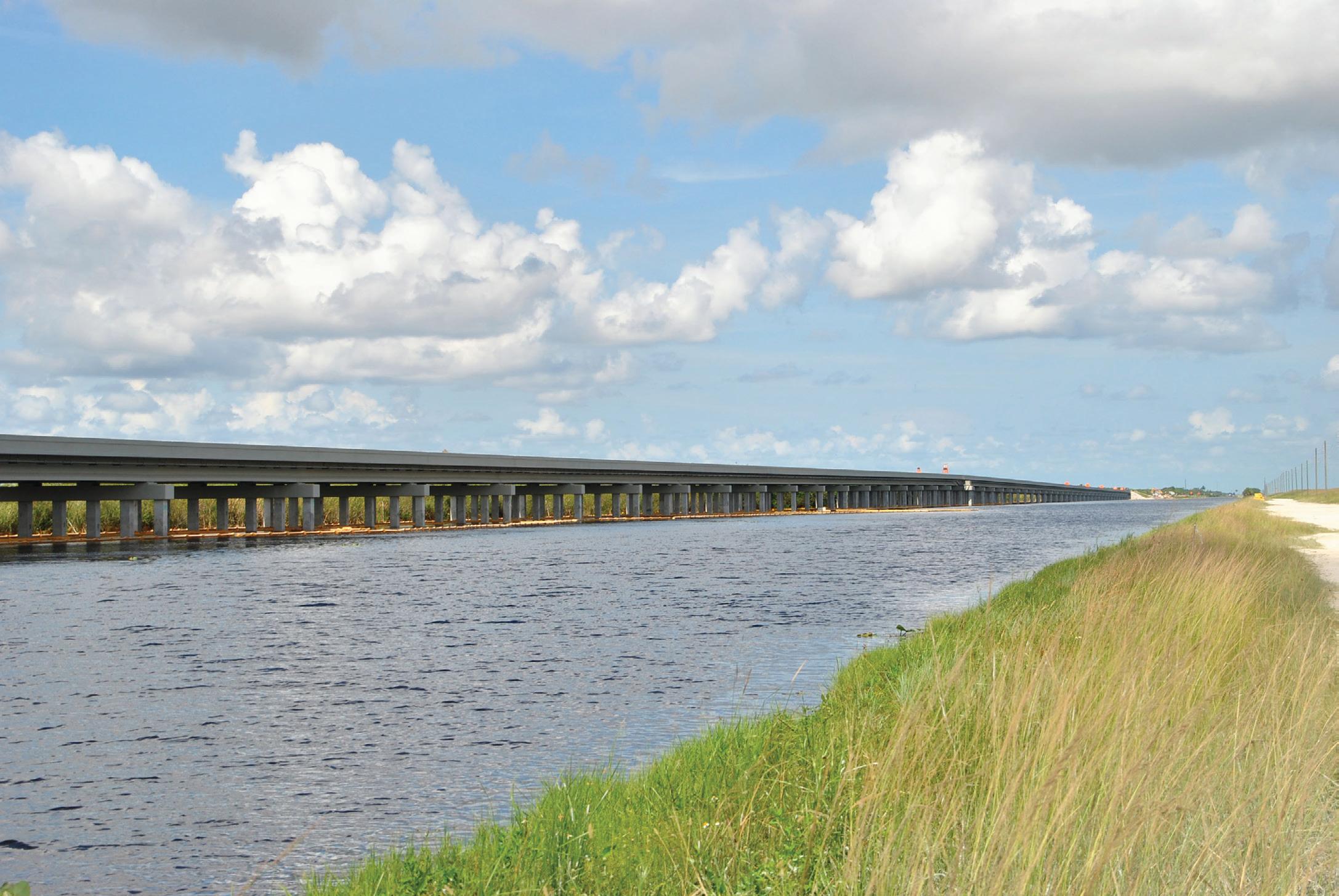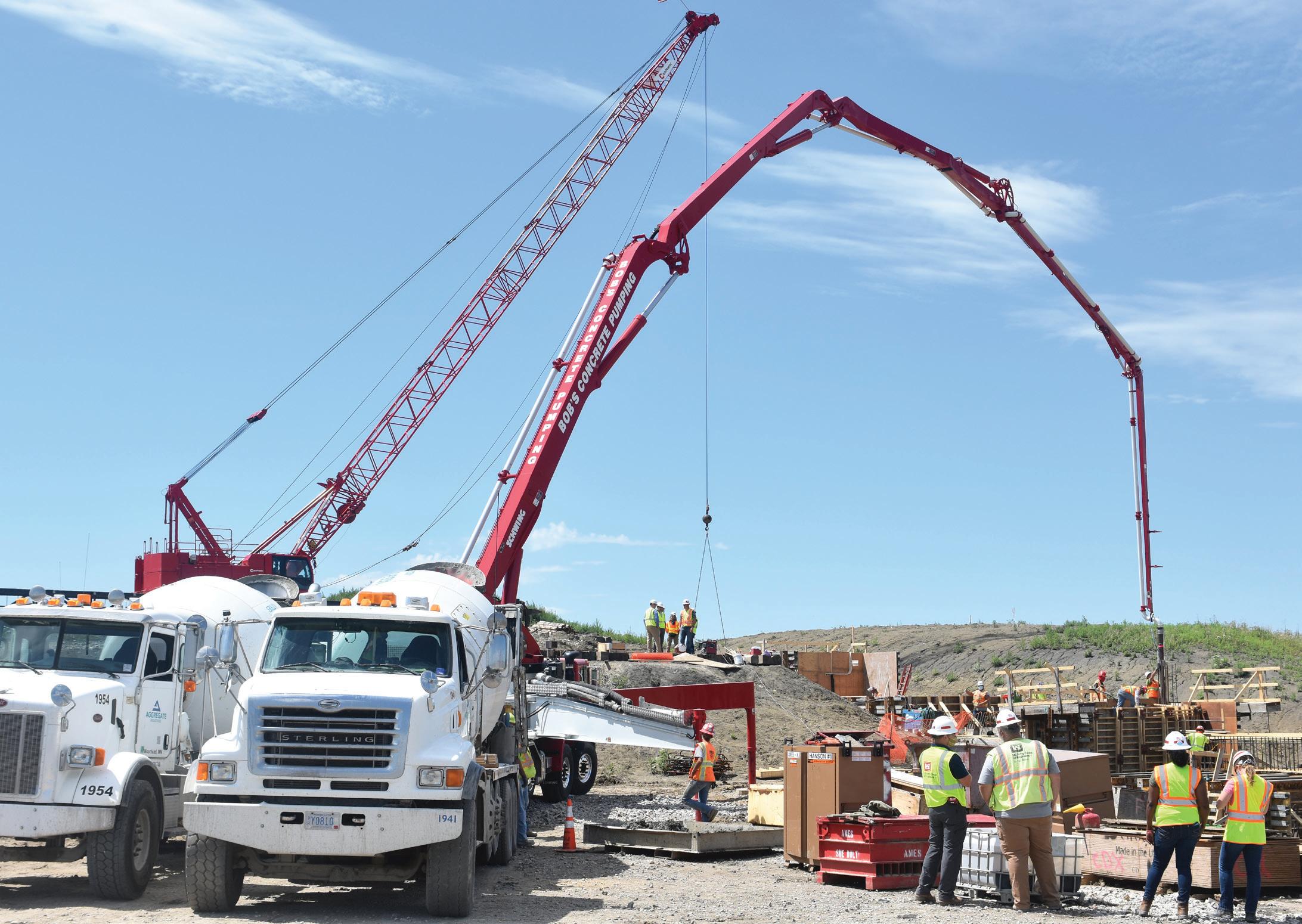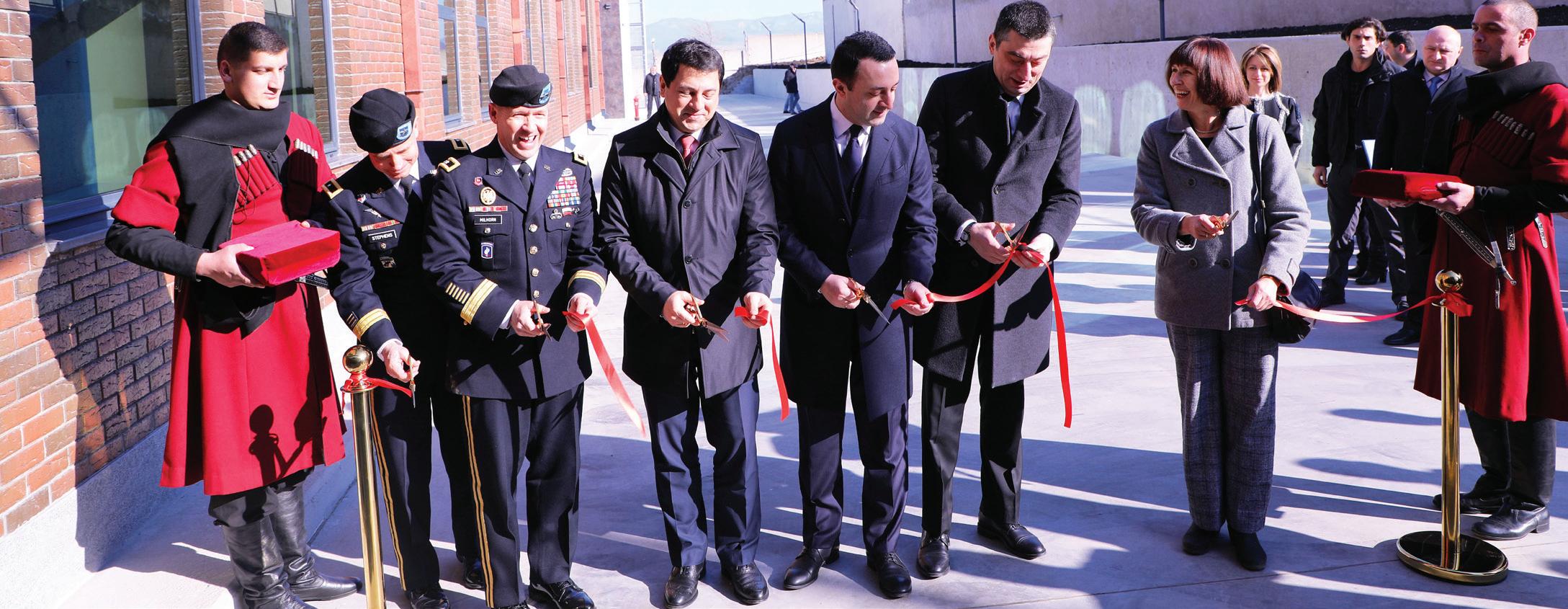SWD MAP
SOUTHWESTERN DIVISION
In 2018, the U.S. Army Corps of Engineers Southwestern Division established the $5.2 billion Hurricane Harvey Supplemental Program, funded by the 2018 Bipartisan Budget Act, to reduce the risk of flooding effects from severe storms. The program comprises 40 projects across three states – Oklahoma, Arkansas, and Texas – and will provide critical, enhanced flood risk reduction measures to the region. All work in the program is expected to be complete by 2027.
provides critical flood risk resiliency to the region by repairing damage from 2017 hurricanes and building additional flood risk reduction structures. The program comprises 40 projects across four states. These projects attack the problem of coastal resilience from three different angles: 1) protecting people from the devastating effects of major storms and enabling them to recover quickly when storms strike; 2) restoring and preserving environmental features that, along with man-made structures, help protect the coast from storm damage; and 3) repairing and improving key infrastructure to prevent major economic setback following future coastal storms. While there are projects in the Fort Worth, Little Rock, and Tulsa districts, the majority of the projects within the program are 64
found in SWD’s Galveston District, which is commanded by Col. Timothy Vail. Vail was raised in Texas and spent many summers along the Texas coast. His love for his home state is comparable to his passion to find long-term solutions for coastal risk. “I’ve lived through dozens of storms and witnessed the struggles of Texans to recover, but Harvey was something different,” he said. “We’ve done a lot of studying and planning during the last three years – bringing together some of the brightest minds from our district, the Corps, and the entire world to attack the problem. We are now at an inflection point where those studies and plans can be turned into projects and solutions.” Through the Supplemental Program, SWD is attacking the problem across four portfolios: flood control and coastal emergencies (FCCE); construction; operation and maintenance (O&M); and investigations. Projects within the FCCE portfolio repair critical dams and levees damaged following Hurricane Harvey. These repairs reduce future flood risk. The FCCE portfolio contains eight projects, all within the Galveston District, with an approximate cost of $51.8 million. The construction portfolio concentrates on flood risk reduction and coastal storm projects. The construction portfolio contains 12 projects, within the Fort Worth and Galveston districts, with an approximate cost of $4.8 billion. The O&M portfolio, like FCCE, focuses on repairs needed to already existing structures or features. O&M is the biggest portfolio in the Supplemental Program. Ninety-five percent of the projects within FCCE and O&M are, or will be, under construction by the end of 2020. The O&M portfolio contains projects within the Galveston, Little Rock, and Tulsa districts. The portfolio has an approximate cost of $53.5 million. The investigations portfolio supports studies designed to develop comprehensive solutions for flood risk management, both inland and along the coast. The investigations portfolio, with an approximate cost of $20.6 million, has six projects within the Fort Worth, Galveston, and Tulsa districts. “This is a massive program with massive benefits to the region,” said Jon Loxley, program manager for the Supplemental Program. “The program not only addresses the short-term repairs needed; it looks at comprehensive solutions that will provide risk reduction for generations to come.” Long-term benefits are not just a result of the projects within the program, but also derive from the partnerships that are formed between USACE and state, local, and regional government, industry, and private organizations to make the projects possible. “We could not do our job without our partners and sponsors,” Beck said. “They are the heartbeat of the community.” More than 45 partners or project sponsors are working alongside SWD to build resiliency and risk reduction measures in communities across the region. “It will take a lot of work and coordination with the public and with many different government and private organizations, but we have a comprehensive plan to improve coastal resilience, and I’m confident that over the next decade, our approach will protect the people, preserve the environment, and enable continued economic growth along America’s energy coast,” said Vail. n

